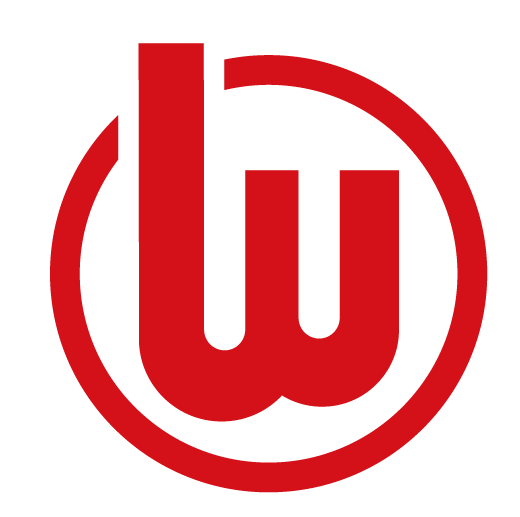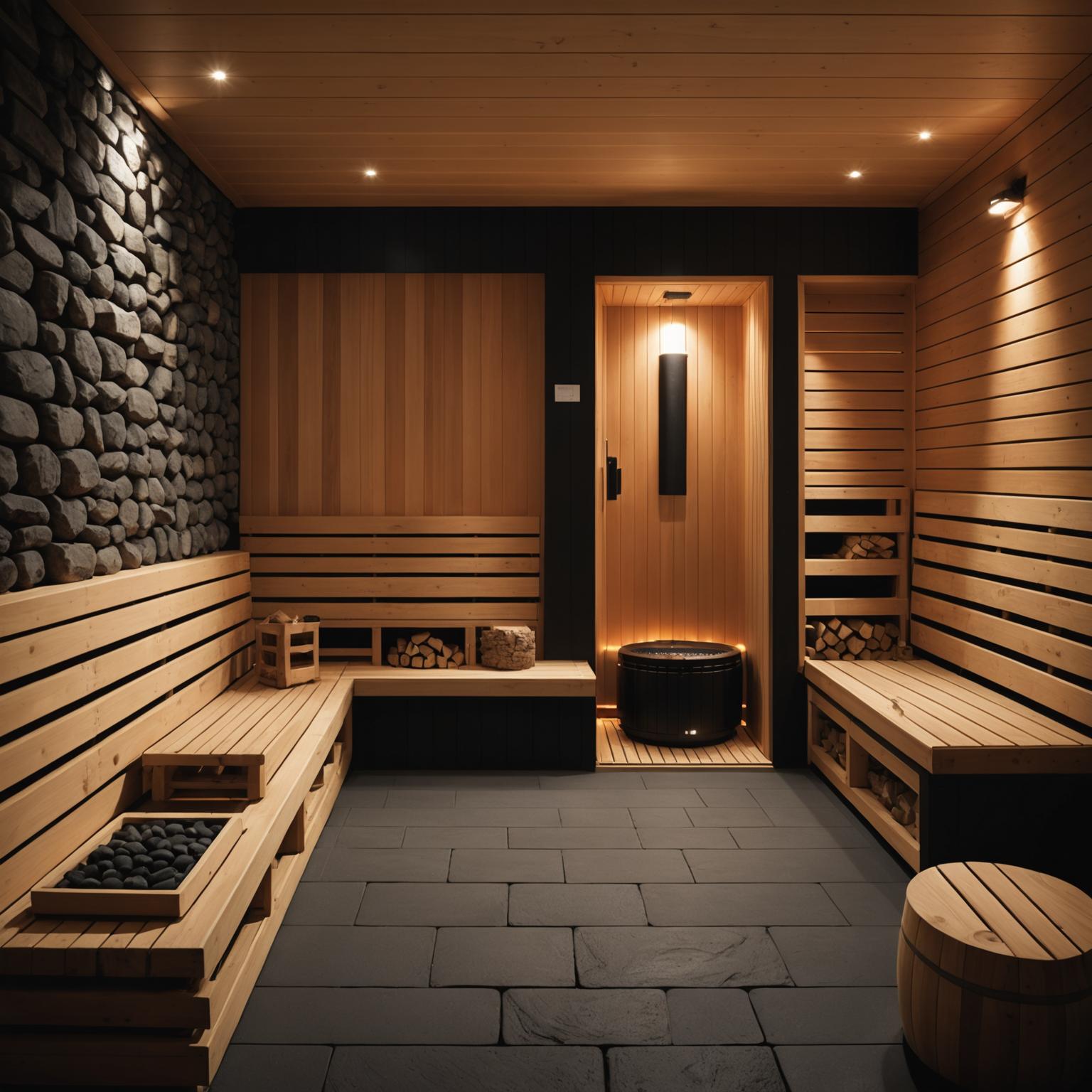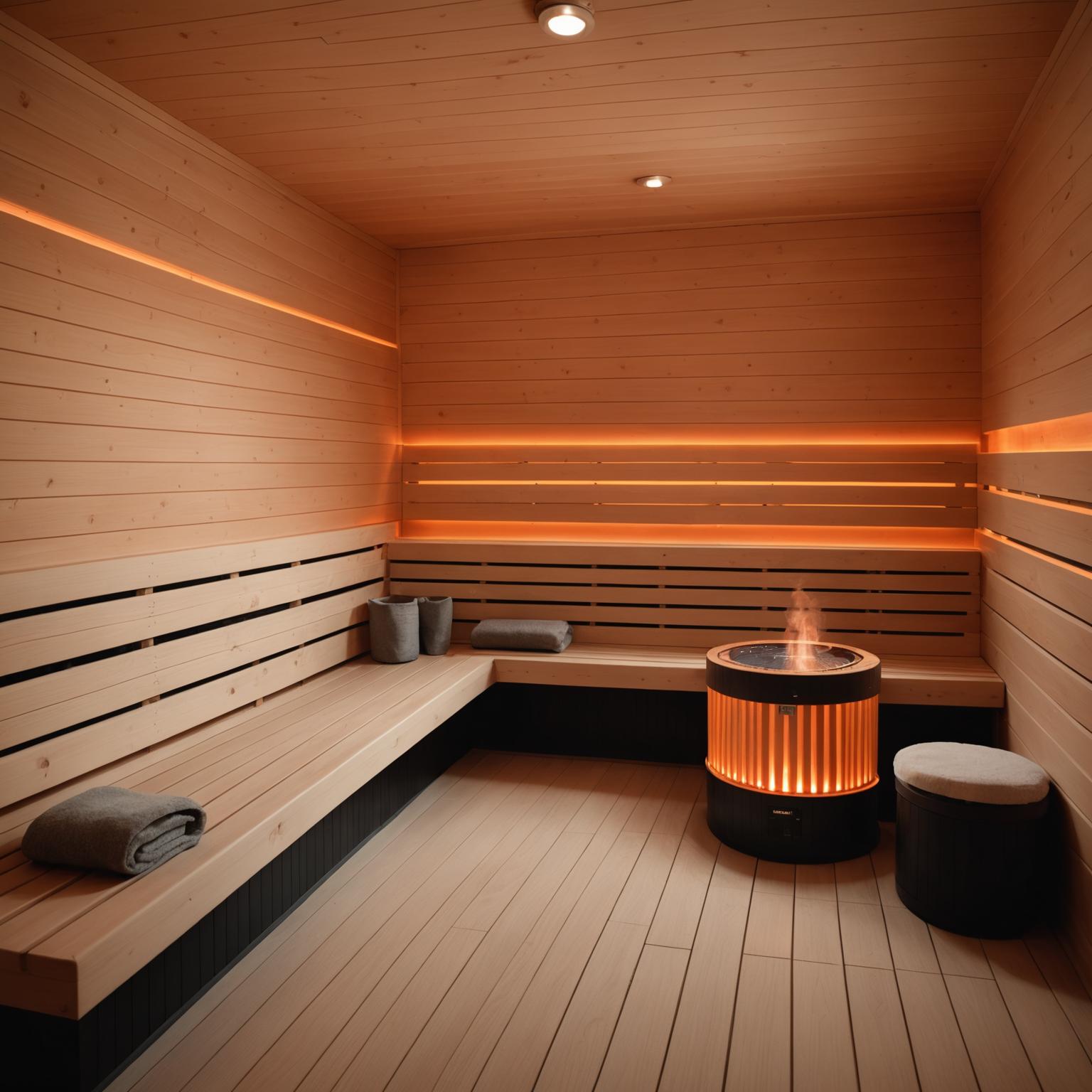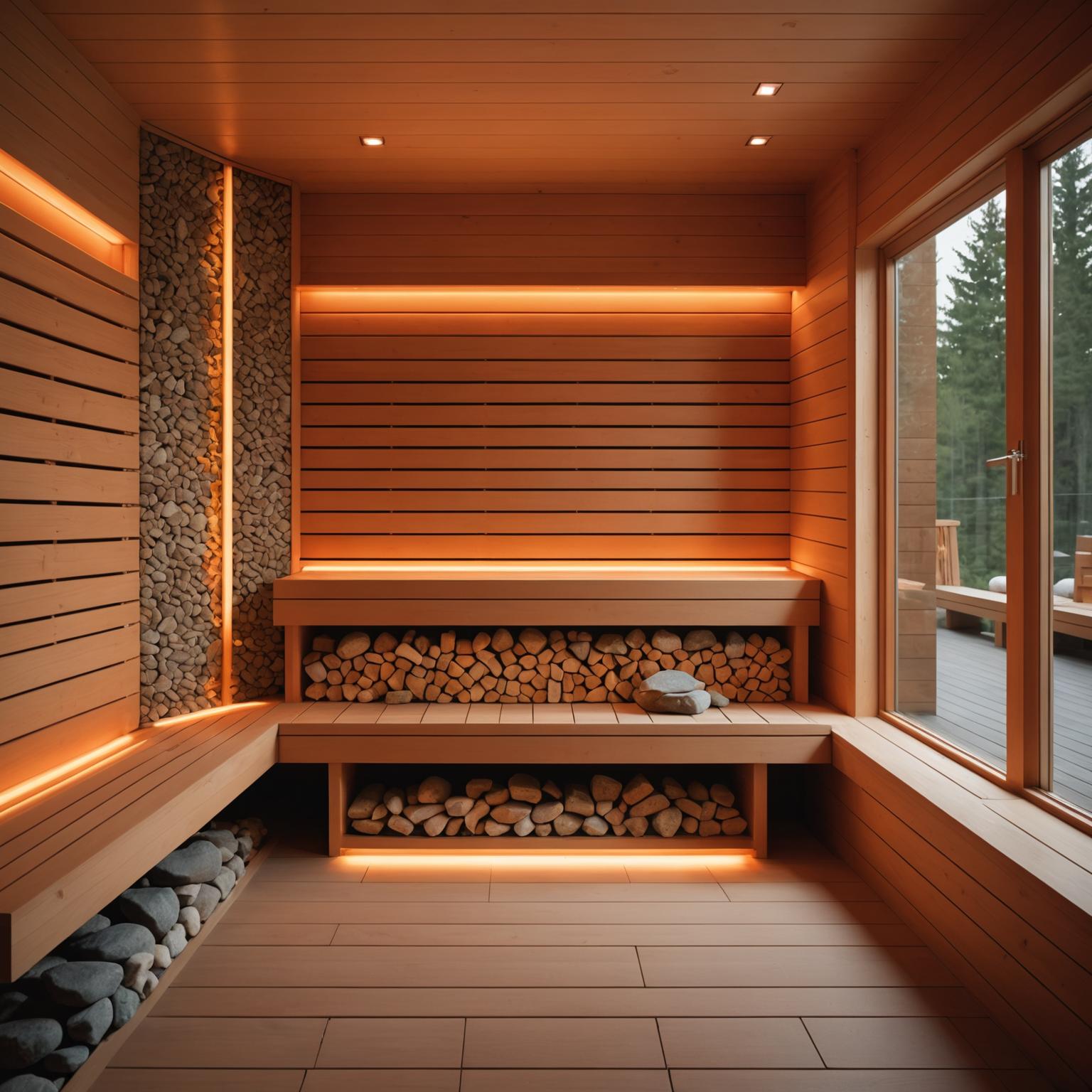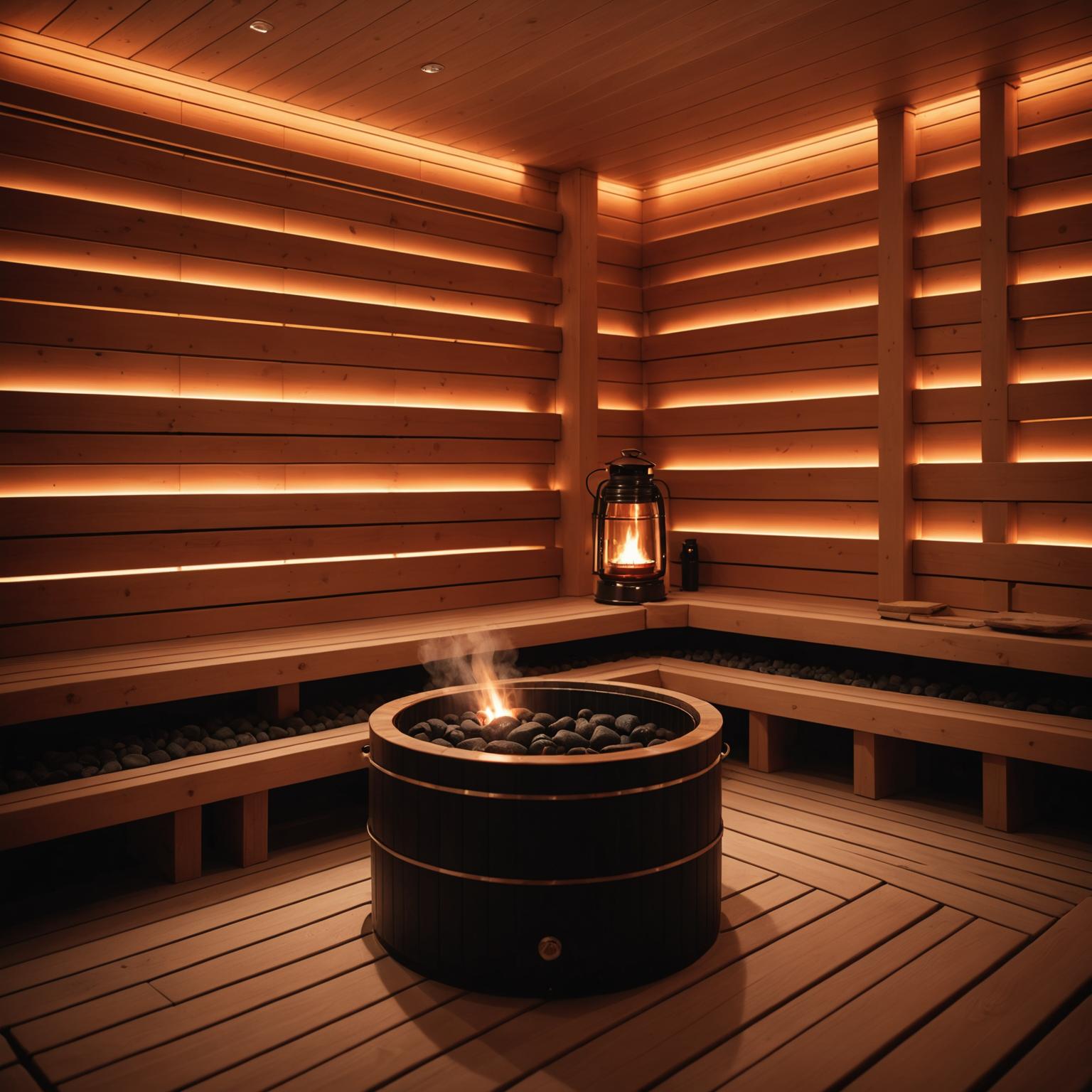The heart of any modern oven is its resistance oven heater, a critical component that transforms electrical energy into the precise, controlled heat required for everything from baking and broiling to toasting. The evolution of this technology has been fundamental to the advancement of kitchen appliances, turning simple heating boxes into sophisticated culinary tools. At the core of this innovation is the oven heating element, which has been refined over decades to offer greater efficiency, longevity, and cooking consistency. Understanding how these elements work is key to appreciating the performance and reliability of today's best ovens.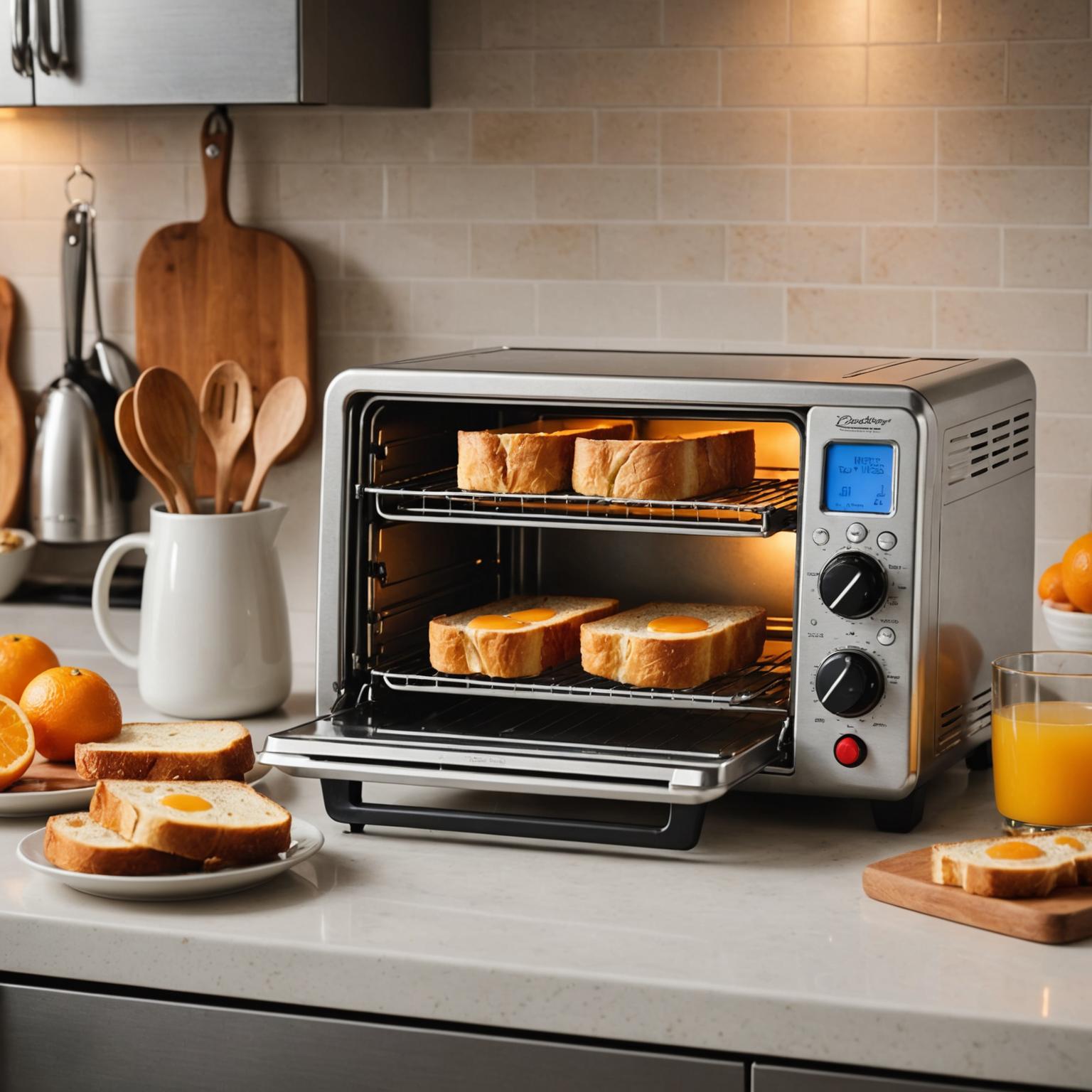
The Science Behind Resistance Heating Technology
At its core, resistance heating technology is a straightforward yet brilliant principle. It operates by passing an electric current through a specially designed material, known as an oven heating resistor, which resists the flow of electricity. This resistance converts electrical energy directly into thermal energy, or heat. The materials used for resistance heating elements are crucial; they are typically made from alloys like nichrome or advanced materials like quartz, chosen for their high melting points and stable resistance across a wide range of temperatures. In appliances like the modern Compact Chef's Toaster Oven, an energy-efficient quartz heating element provides the advantage of rapid, intense heat, ensuring the oven reaches its target temperature quickly and distributes warmth evenly for consistent results every time.
Enhancing Oven Heating Performance
The quality and design of the electrical heating element directly dictate the oven heating performance. Superior elements ensure rapid pre-heating, stable temperature maintenance, and uniform heat distribution, eliminating hot spots that can lead to unevenly cooked food. Modern ovens with intuitive controls allow users to harness this power with precision, setting temperatures accurately for delicate pastries or high-heat roasting. This level of control, combined with a powerful heating system, means you can achieve flawlessly crispy toast and perfectly moist, tender cakes from the same appliance. The ability to switch seamlessly between functions like toasting, baking, and broiling is a testament to the versatility that advanced oven heating technology brings to the contemporary kitchen.
Choosing a Reliable Oven Heating Element
When selecting a new oven, the durability and safety of its components are paramount. A reliable appliance is built with high-quality parts, especially the heating system. Leading manufacturers who adhere to stringent international standards, such as ISO 9001 for quality management and ISO 14001 for environmental management, demonstrate a profound commitment to excellence. Furthermore, product certifications from recognized bodies like VDE, TUV, UL, CE, and ROHS provide an extra layer of assurance. These certifications guarantee that every component, including the intricate resistance heating elements, has undergone rigorous testing for safety, efficiency, and durability, ensuring your appliance is not only effective but also built to last.
The Future of Kitchen Convenience
The journey of the resistance oven heater from a simple coil to a high-tech quartz tube illustrates the remarkable progress in home appliance engineering. This sophisticated resistance heating technology is what empowers compact, stylish ovens to deliver professional-grade results. As we continue to seek greater convenience and better performance in our kitchens, the innovations in heating systems will remain a driving force. By choosing appliances that merge cutting-edge technology with certified quality, we can transform everyday cooking from a chore into a delightful and consistently successful culinary adventure.


